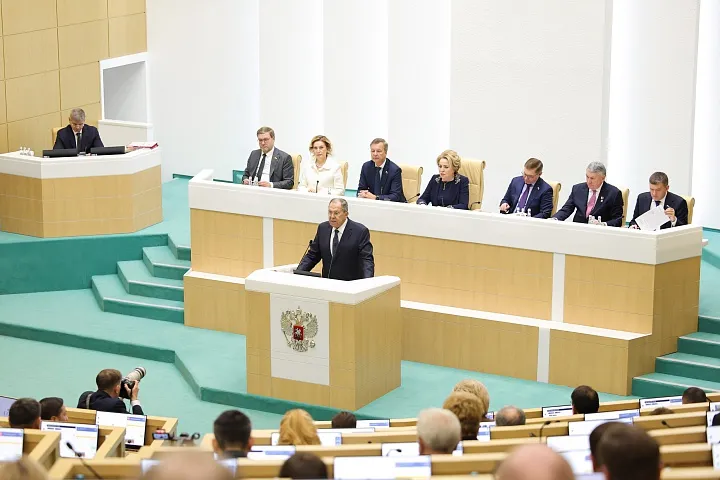The upcoming bilateral summit meeting on Nov. 15 in San Francisco between U.S. President Joe Biden and Chinese President Xi Jinping is awaited with great expectation from both sides. At the same time, it is understood that the new flurry of top-level meetings between representatives of the two countries, including the summit, falls somewhat short of a complete “thaw” in the relationship, but represents a significant step away from the doldrums in which their relations have found themselves in the last few years. While the U.S. is moving away from any policy of “decoupling” from China, their so-called “de-risking” from the Chinese economy will also entail restrictions on many high-tech exports to China and perhaps other restrictive measures, aimed at, if not crippling, at least slowing down the rapid development of the Chinese economy in the high-tech areas.
In addition, the U.S. will continue to wield restrictive measures and even sanctions to cut the flow of goods from China to Russia that the U.S. considers will assist the Russian military efforts in Ukraine. Where one is to draw the line as to what is, and what is not, contributing to Russia’s military efforts could prove to be a major bone of contention between China and the U.S. While U.S. policy is aimed at reducing Russia as a military and political power, China is inexorably opposed to that and any hidden agenda in U.S. political circles to use the growing ties with China in order to reduce Russia is doomed to failure.
While the summit meeting will be a major focus at the APEC Summit in San Francisco, the two countries will also be playing on the global stage. The U.S. will no doubt use the opportunity of these 21 nations coming to San Francisco to push its Indo-Pacific Economic Framework, which excludes China. At the same time, China will also use the opportunity to underline the necessity of economic and political structures that include all countries under the rubric of a “community of shared interest,” so warmly espoused by President Xi. There will no doubt be a focus on China’s proposals for creating a peaceful resolution in the Israel-Palestine conflict and in Ukraine, both of which the U.S. do not see eye-to-eye. How these will play out in the eyes of the participating countries is yet to be seen.




